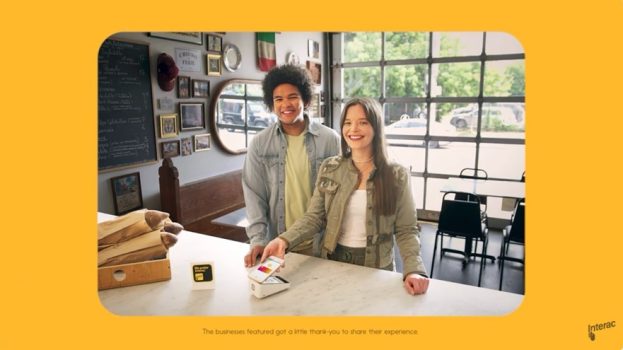You are reading a story from Strategy Ad Tech, a weekly look at the strategies, partners and processes that are helping brands drive innovation and utilize new technology, both internally and with consumers. Have the stories delivered directly to your inbox every Thursday by subscribing to the newsletter.
Mastercard is preparing to launch a new augmented reality experience that will keep cardholders up-to-date on the benefits available to them – and help the company push new features and drive customer satisfaction.
Upon launching the mobile app and scanning their card, users will also scan the area around them, bringing up three portals for different categories of card benefits: everyday value, experiences and “Peace of Mind” (which covers security and convenience features).
Each portal lets users learn more about their benefits by interacting with the digital elements in the world around them – a set of golf clubs, for example, brings up details about how and where to take advantage of its “Priceless Golf” set of benefits, which gives cardholders access to professional courses and country clubs.
The technology can also be white labelled for Mastercard bank partners that issue its card, which allows them to customize the experience further for their customers, based on their own insights or unique benefits they offer.
Shawna Miller, VP of marketing at Mastercard Canada, says the app is meant to be a more effective way to inform cardholders about benefits.
“The difference is that it is a fully immersive experience, which allows you to engage in any way you want to,” she says. “It also allows us to push new updates and benefits as they become available. That is a much more difficult proposition in a paper-based world.”
Miller says the company is currently working on how it will push users to keep coming back to the app to check out new and issuer-specific benefits as they are added, something that is a key factor in getting people to continue to find value in it.
A main reason Mastercard pursued an AR-based experience – instead of a web-based one or pushing updates through its existing mobile app – is that the company believes it would be more engaging, simpler to navigate and would allow them to use something that is “literally in their hand at all times.”
“As opposed to putting them in the position to go to a website to find details, we brought the experience to them,” she says.
A key insight that led development of the app was a JD Power report that showed understanding all the features and benefits of a card was a major factor in driving cardholder satisfaction. While awareness of everyday rewards such as cash back are high, only one third of credit card holders completely understand the broader benefits available to them, such as access to airport lounges or discounts on event tickets – or how they work.
The idea for the app came from Mastercard’s Canadian marketing team. “The big focus here, especially on the integrated marketing team, is continuous learning and a huge focus on innovation,” Miller says. “One way that we engage our talent is to ask them to think of new ways to connect with cardholders. It’s embedded in our planning process. In this case, it resulted in an idea that’s a heavy lift, because there are a lot of people that need to be involved, but it gives the team here the opportunity to work on and develop the app with colleagues across North America and globally.”
The experience is set to launch on iPhone in the U.S. at some point in Q2, with support for other regions and devices coming in the second half of this year. Miller says Canada will be among the first regions outside of the U.S. to receive the AR experience.
























